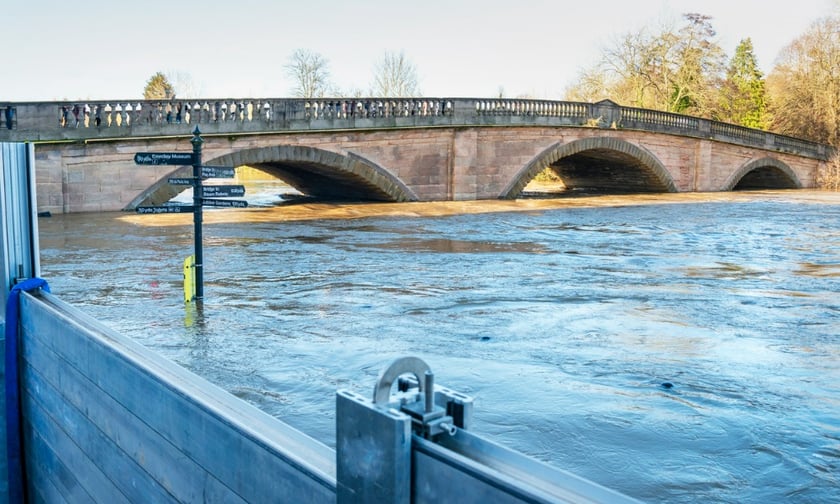

Storms Babet, Ciaran and Henk were among the major events that rocked households across the UK in the past year – and after prompting many homes to let in water, it seems they also smashed a few barriers around Flood Re’s profits.
That’s because the joint initiative between the UK Government and the insurance industry has today revealed a profit before tax of £23.8 million – a significant slump from the prior year’s £109.8 million and 2022’s £131.9 million.
Still, Flood Re was keen to present a positive story – noting that during 2023/4 it received 30% of all the claims since its inception, around one third of which were from Babet, Ciaran and Henk.
In a statement announcing its results, Flood Re stated that the number of policies ceded to the scheme had risen by 9% to reach 288,567. There was also a 2% growth in households it said had benefited from Flood Re cover since 2016 – with the total now standing at 560,466. It was claimed that 99% of “high-risk” households could now obtain quotes via 15 or more insurers through price comparison websites.
Furthermore, Flood Re invested around £900 million into liquid assets. Its operational capital ratio stood at 238%.
“This year, the resilience and effectiveness of the Flood Re Scheme were rigorously tested by severe storms Babet, Ciaran and Henk, marking the most significant flood events since our inception in 2016,” said outgoing CEO Andy Bord. “We met these challenges head-on and delivered for those most at risk.
“During my tenure, we’ve achieved significant milestones, such as enabling over 550,000 households to access affordable home insurance and launching the world-first BBB initiative. However, it’s time for all stakeholders to work harder to improve household resilience - including full insurer support for BBB, to provide better consumer information about flood risk and ensure a smooth transition as Flood Re exits the market in 2039. I am confident that Flood Re will continue to thrive and play a crucial role in managing flood risks and supporting affected communities.”
Flood Re noted that it remains committed to its planned exit of 2039 with a series of recommendations published in its Quinquennial Review aimed at enhancing its effectiveness.
Its three areas of focus include:
Incoming interim CEO, and current CFO, Stuart Logue suggested the year “showcased the resilience” of the scheme, while Bridget Rosewell, chair of the board, suggested there was an “urgent need” for stakeholders to intensify efforts ahead of Flood Re’s eventual exit.
What do you think about the success of the Flood Re scheme? Leave a comment below with your thoughts.
